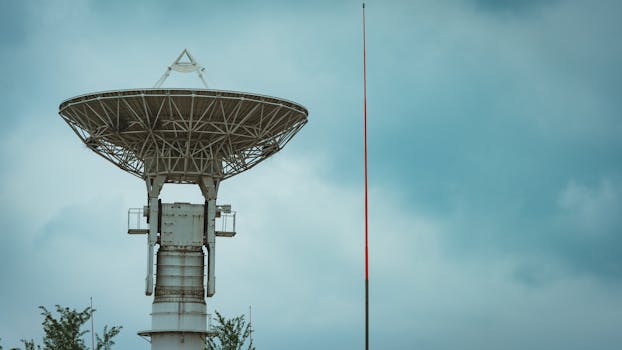The Future of Satellites: Revolutionizing Global Connectivity

The Future of Satellites: Revolutionizing Global Connectivity
The future of satellites is poised to revolutionize global connectivity, enabling faster and more reliable communication networks, and transforming various industries such as telecommunications, navigation, and weather forecasting. With advancements in space technology, satellites are becoming increasingly important for providing internet access, tracking climate change, and facilitating global communication.
Introduction to Satellite Technology
Satellites have been a crucial part of modern technology for decades, providing a wide range of services including television broadcasting, telecommunications, and navigation. The first satellite, Sputnik, was launched in 1957, and since then, thousands of satellites have been launched into space. Today, satellites play a vital role in our daily lives, from providing GPS navigation to enabling global communication networks.
Advancements in Satellite Technology
Recent advancements in satellite technology have led to the development of smaller, more efficient, and cost-effective satellites. The use of reusable rockets, such as those developed by SpaceX, has significantly reduced the cost of launching satellites into space. Additionally, the development of satellite constellations, such as Starlink, is enabling the provision of high-speed internet access to remote and underserved communities around the world.
The use of advanced materials and technologies, such as 3D printing and artificial intelligence, is also transforming the satellite industry. For example, 3D printing is being used to create complex satellite components, such as antennas and propulsion systems, while artificial intelligence is being used to optimize satellite performance and extend their lifespan.
Applications of Satellites
Satellites have a wide range of applications, from providing internet access and enabling global communication networks to tracking climate change and facilitating navigation. Some of the most significant applications of satellites include:
Telecommunications: Satellites provide a vital link for global communication networks, enabling the transmission of data, voice, and video signals around the world. Navigation: Satellites provide location information and timing signals, enabling GPS navigation and other location-based services. Weather forecasting: Satellites provide critical data for weather forecasting, enabling the tracking of storms, hurricanes, and other severe weather events. Earth observation: Satellites provide critical data for tracking climate change, monitoring deforestation, and detecting natural disasters such as earthquakes and tsunamis.
Challenges and Opportunities
Despite the many advancements in satellite technology, there are still significant challenges to be addressed. One of the most significant challenges is the growing problem of space debris, which poses a risk to operational satellites and other spacecraft. Additionally, the increasing use of satellites for military and surveillance purposes raises concerns about privacy and security.
However, the future of satellites also presents many opportunities, from providing internet access to underserved communities to enabling the development of new industries such as space tourism and asteroid mining. As technology continues to evolve, we can expect to see even more innovative applications of satellites, transforming various industries and improving our daily lives.



